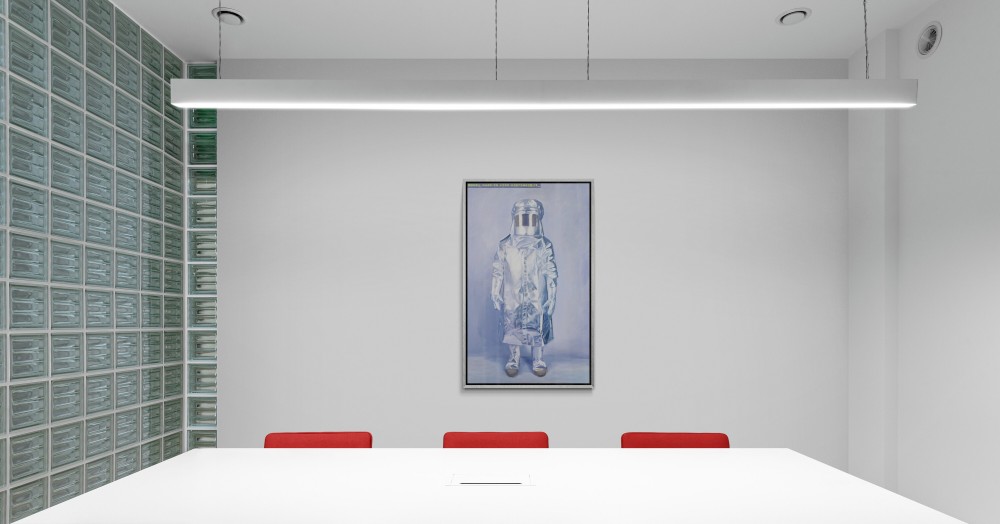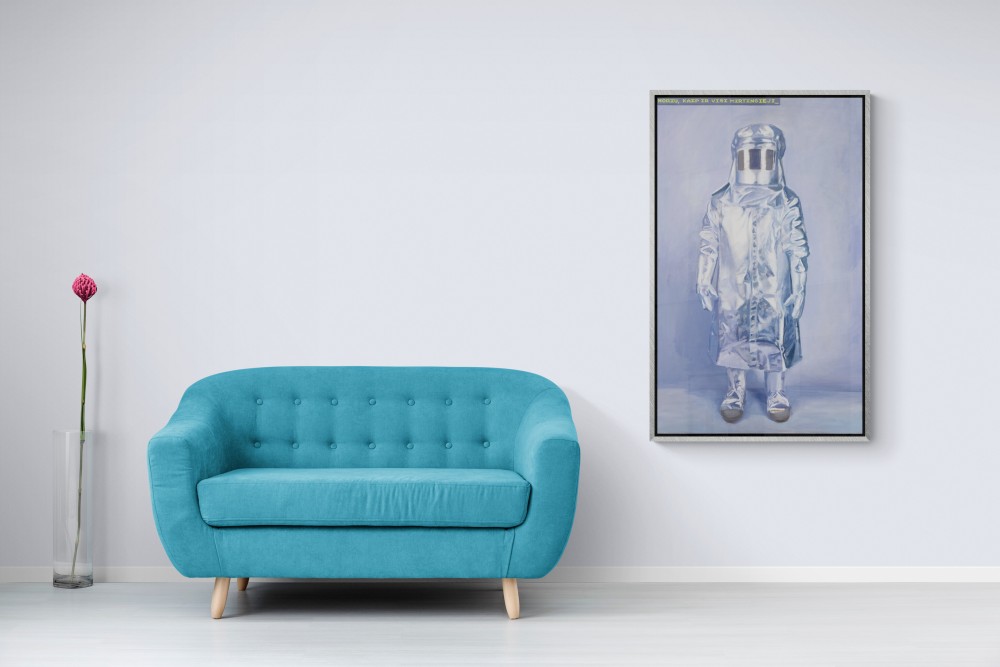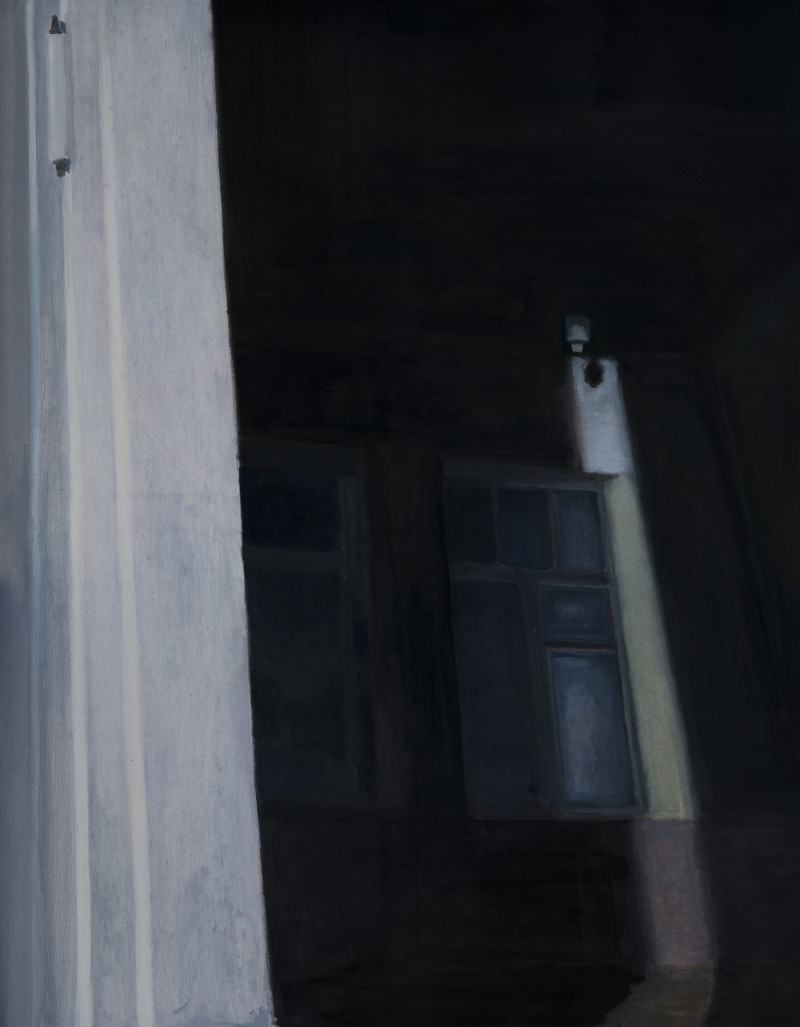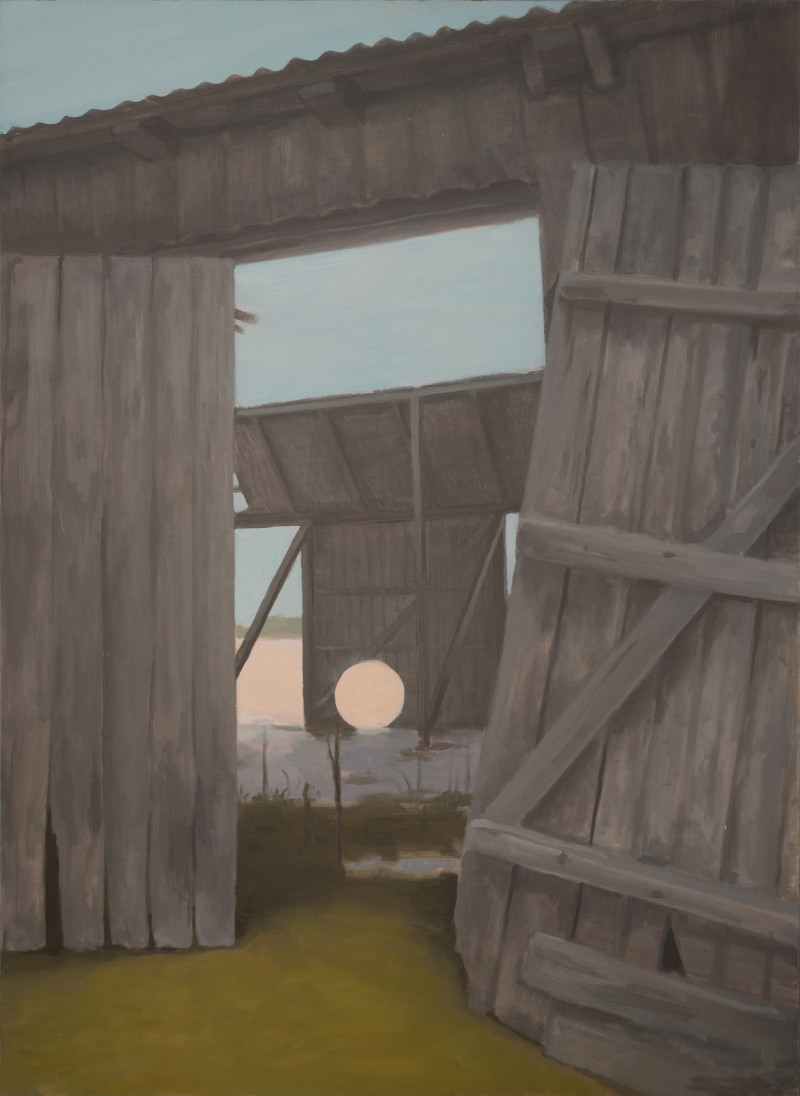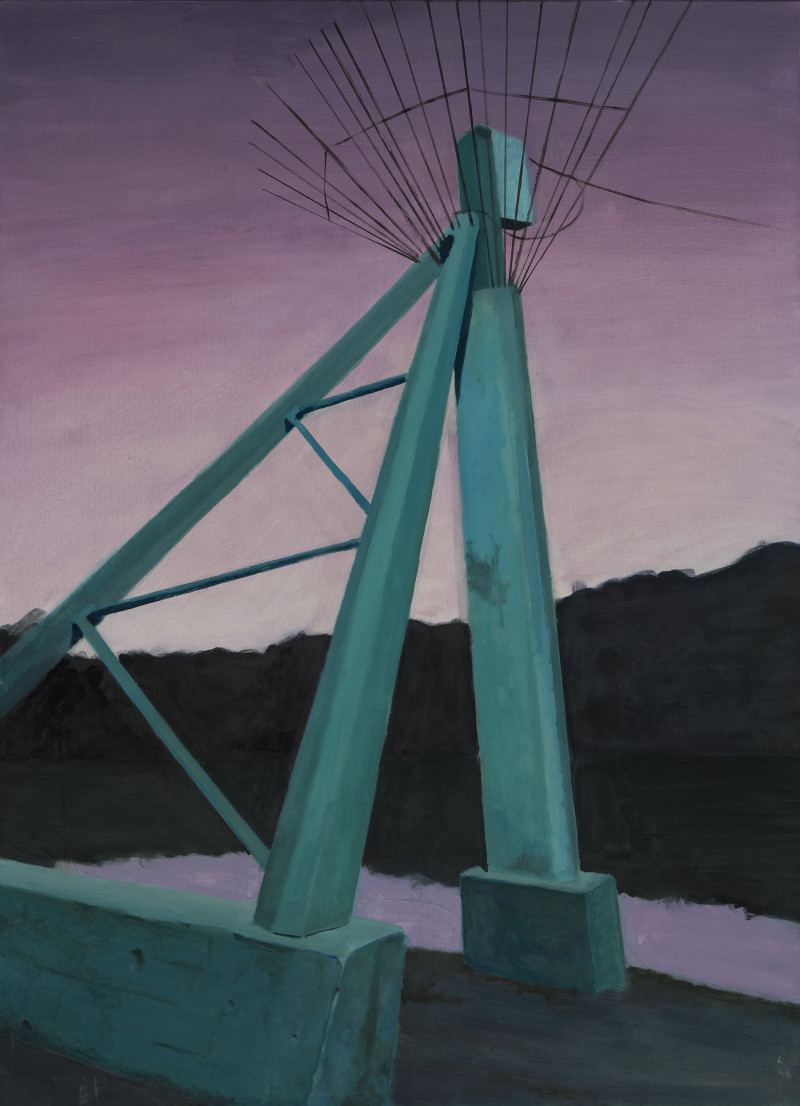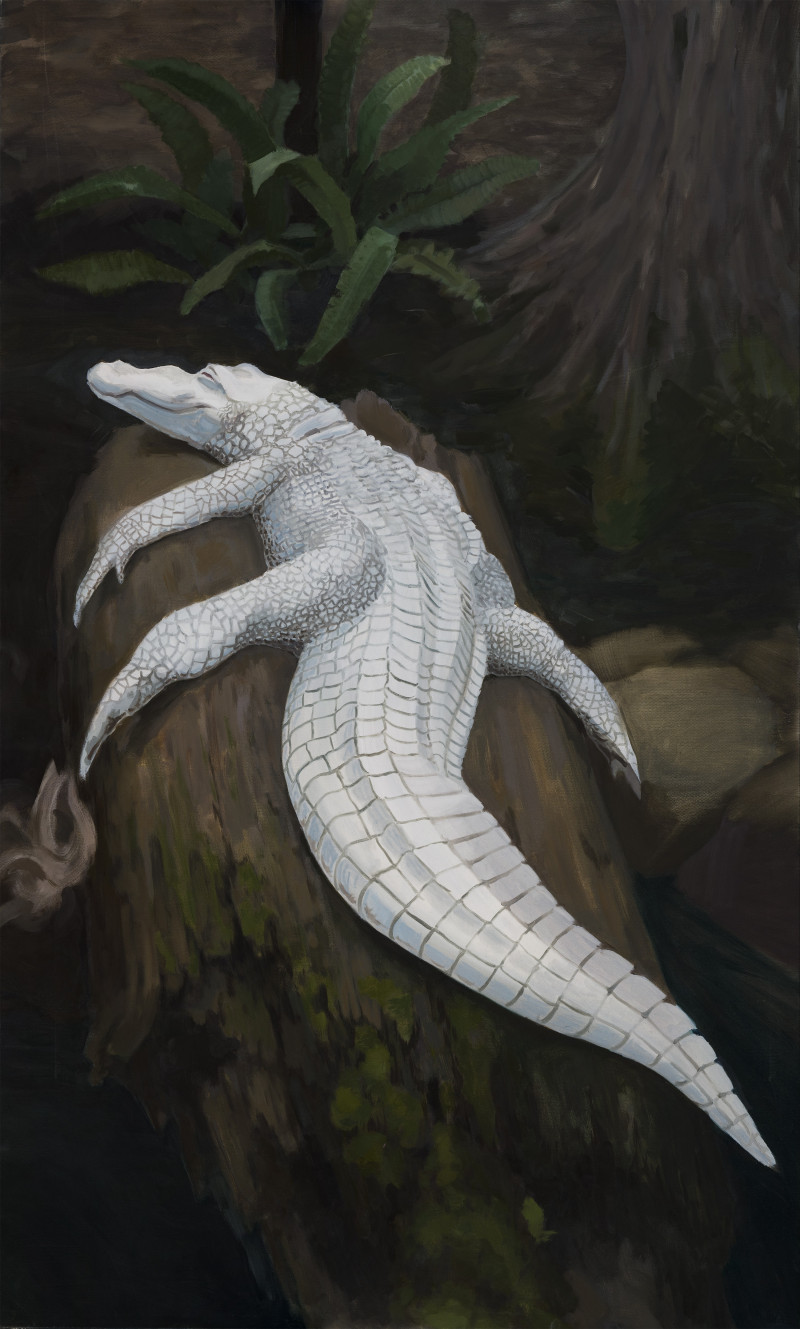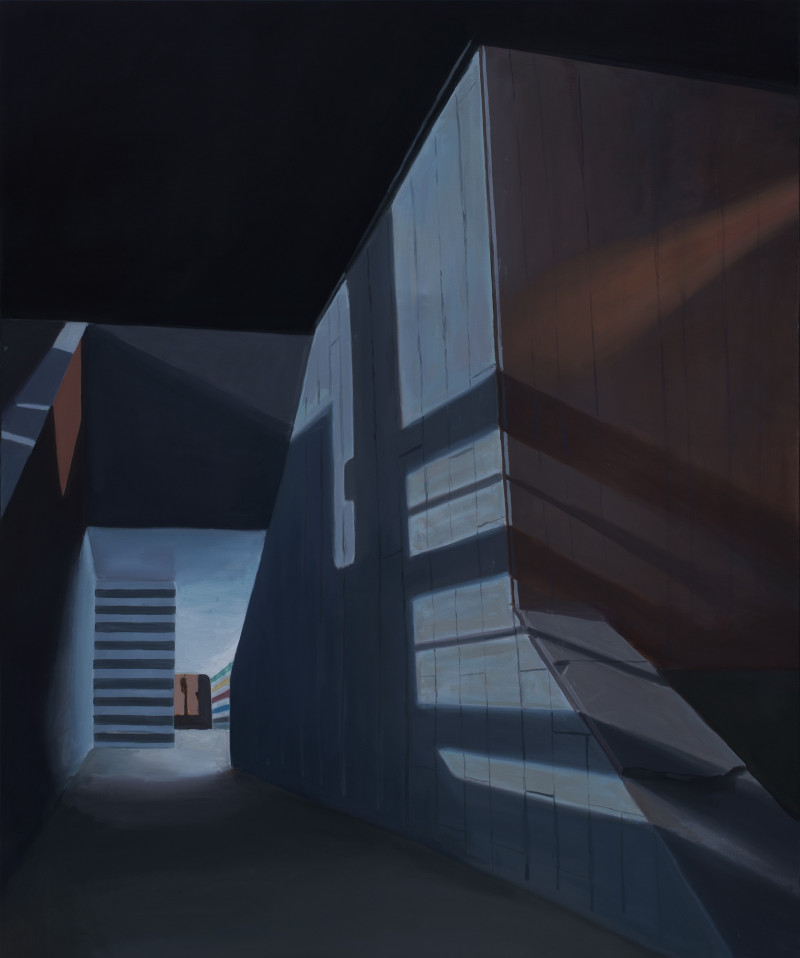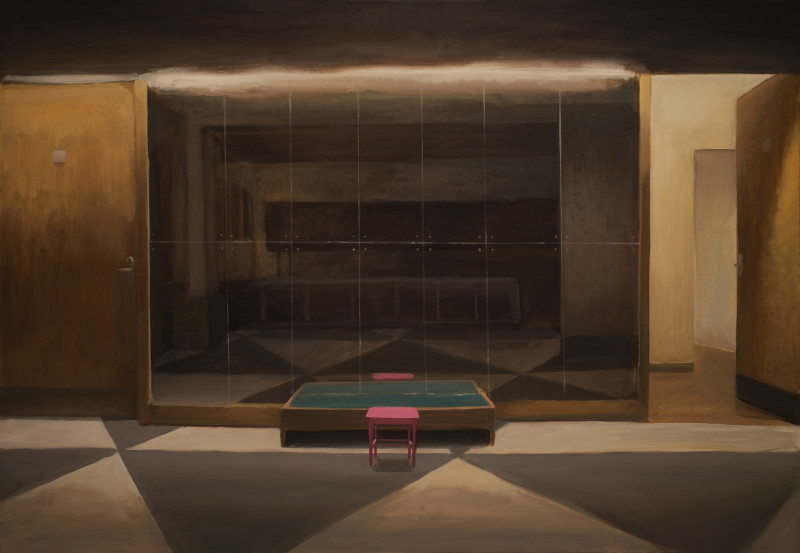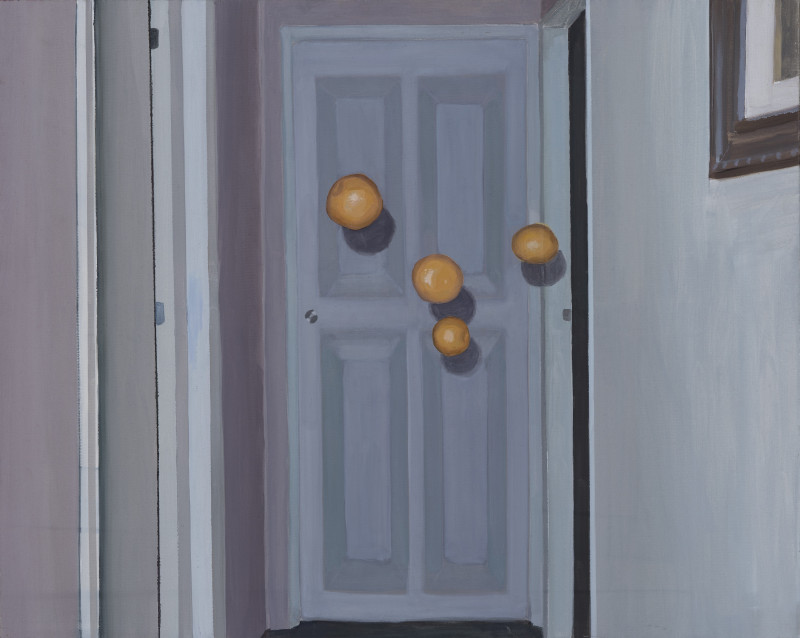Introvert
Technique: Giclée quality print
Recommended by our customers
More about this artwork
The painting titled "Introvert" by Mantas Daujotas presents a striking and contemplative depiction of solitude and introspection. At its center is a figure clad in a metallic, reflective outfit that entirely obscures the person's body and face, suggesting themes of anonymity, isolation, or protection. The attire is reminiscent of a space suit or some form of futuristic armor, possibly symbolizing barriers an introverted individual might establish between themselves and the outside world.The background is a soft, unobtrusive blue that further emphasizes the solitude of the figure. The reflective nature of the suit draws the viewer's attention back to themselves, visually echoing the inward focus of an introverted personality. The phrase "NORIU, KAIP IR VISI MERTINGIEJI." could be interpreted as a reflection of inner desires or thoughts, perhaps underscoring a yearning to connect despite inherent barriers—mental, emotional, or otherwise.The painting uses light and shadow subtly, playing with shades and tones to enhance the reflective quality of the suit and give a luminous yet somewhat opaque quality to the artwork. This could be seen as an illustrative technique to evoke the complex layers of an introvert's personality, both visible and hidden at the same time. The overall impact is one that invites introspection, both on the part of the figure depicted and the viewer themselves.
Delivery
Returns
Picture in the interior
Technique
Giclée quality print
Short description
Giclée quality print.
Mantas Daujotas (b. 1993) – painter and musician based in Kaunas. As of 2017 a certified bachelor in painting with a couple of personal and several group exhibitions in a short period of time he’s considered a promising young artist. His paintings showcase a wide range of different subjects, although very rarely a human figure. Dark corridors, spaces stuffed with silence and rays of light, carrying a mystical narrative – these are some of the more representative characteristics of Daujotas’ paintings.
Current authors


